Use of Infrared Therapy in Physiotherapy
Table of Contents
What is an infrared ray?
~Infra-red rays are the electromagnetic wave whose wavelength is just below the red ray of visible light.
Its wavelength is 750 nm-400000 nm.
~Infra-red rays is emitted by any hot object. It can be hot iron, hot metal, fire, or burning charcoal. Sunray also
has infrared rays in it & that’s why it feels the heat.
Infrared therapy:
~Treatment by exposure to various wavelengths of infrared radiation. Hot water bottles and heating pads of all
kinds emit longwave infrared radiation; incandescent lights emit shortwave infrared radiation. Infrared treatment
is performed to relieve pain and to stimulate the circulation of blood.
~infrared therapy is the use of infrared radiation to produce local heat. Used by physiotherapists as a local
treatment to relieve pain and reduce muscle spasms. The scientific evidence as to its effectiveness is poor: it
appears to have no greater benefit than other forms of heat therapy.
~infrared therapy heat therapy induced by electromagnetic waves of wavelength 7700-10000 nm;used to treat chronic
musculoskeletal injuries
What is an infrared lamp?
An infrared lamp is the means to give superficial heat therapy. Superficial heat therapy is effective in pain and
stiffness relief. It is a simple instrument that has a lamp-like structure fitted with a red luminescent lamp
or bulb. This bulb emits red light which is hot or warm. This lamp which is used in the large Physiotherapy centre
is mounted on the stand whose height can be adjusted according to the body part to be treated. The one which is
meant for personal use is a simple lamp.
Types of the infra-red lamp
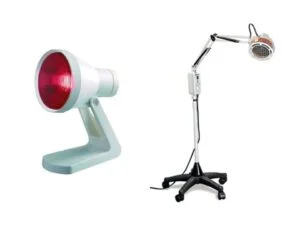
1: Non-luminous generator.
2: Luminous generator (Luminous infrared lamp.)
(1) Non-luminous generator:
As the name suggests it is a kind of machine that is designed such that it only produces infra-red rays without
any visible light
(2) Luminous generator (Luminous infrared lamp):
The luminous generator produces infrared rays with visible light. An incandescent bulb is used for it. the
a luminous generator is more commonly used.
USE OF IR THERAPY:
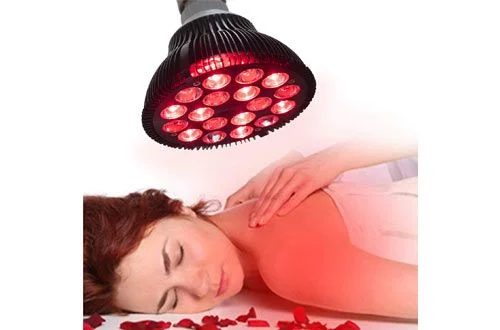
The painful condition where the infrared lamp can be used:
~Neck pain: Neck pain with the stiffness of muscle around the neck.
~Shoulder pain.
~Frozen shoulder: Frozen shoulder also known as adhesive capsulitis, is a restriction in the movement of the shoulder joint.
~Upper back pain: it may be due to muscular spasms or trigger points.
~Low back pain: Spasm of the low back muscle.
~Pain relief.
~It improves blood supply.
~It helps in the relaxation of muscles.
Common conditions where you can apply infrared lamp therapy is:
~Neck spasm.
~Cervical spondylitis.
~Frozen shoulder.
~Pain in and around the shoulder.
~Low back ache.
~Chronic back strain.
~Piriformis syndrome (pain on the side of the buttock).
Contraindications:
1) Reproductive organs
2) Direct irradiation over the fetus or the uterus during pregnancy
3) Direct irradiation of eyes
4) Treatment of patients with idiopathic photophobia or abnormally high sensitivity to light
5) Direct irradiation of the thyroid gland and endocrine glands
6) Malignancy/Cancer (tumors or cancerous areas)
7) Patients that have been pre-treated with one or more photosensitizers
8) Growing children over Epiphyseal plate
(9) Over the metal implants.
(10) Knee replacement.
(11) Hip replacement.
(12) Pacemaker.
Purpose:
~The purpose of infrared light therapy application is to achieve a decrease in inflammation, pain control, and wound care and tissue repair.
What is Infrared Light Therapy?
~Infrared light therapy is a revolutionary, non-invasive therapy method that is used to treat a variety of common and complicated conditions. It helps accelerate healing using very short wavelengths of light passed directly through human tissue.
~The light used in this physical therapy method is the red or near-infrared spectrum, which is just above visible light in the electromagnetic spectrum that we see with the human eye.
How Can Infrared Light Therapy Help?
~Infrared light is made up of particles called photons that have special healing properties that activate at the cellular level. This means that your cells absorb the photons and make energy that helps speed up healing.
~Infrared lamp
~The 250W infrared heat bulb emits relaxing and healing warmth, for high-standard cosmetic and beauty treatments and relief of muscular pain. Complete with a dimmer to regulate the intensity of the treatment. The 60cm strong and flexible arm makes accurate positioning very easy.
~The grill prevents accidental contact with the hot bulb and the double-walled shade guarantees that you only heat the targeted body area. Simply the best lamp for infra-red heat treatments in professional beauty salons and spas.
~The heat intensity is fully adjustable and the unit is supplied complete with protective grilles and a table
bracket.
~High-standard Infrared Heat lamp, packed with many practical features:
How does infrared light heal?
~Infrared light therapy harnesses the healing power of infrared wavelengths of light. When infrared energy is delivered to injury sites and other painful areas, it dramatically increases circulation, reduces inflammation, and promotes healing.
Procedure:
1) Place the patient in a position of comfort. The treatment will be performed by a licensed Physical Therapist, or by PT Aid, supervised by a PT.
2) Turn on Solaris 700 and the Light Therapy and hit the start to warm up the probe. Check the intensity measured in J/cm2 and set the treatment time to desired time.
3) Before beginning each treatment, the skin area and the probe should be carefully cleaned to avoid skin irritation or infection. Clean the probe with alcohol or some other standard sanitizing agent.
4) Place the Light Probe on the skin over the treatment area. Maintain constant contact with the skin during the treatment. Do not move the probe back and forth or in some other manner over the target area, hold the probe still during the set treatment time.
5) If the treatment area is larger than the size of the probe, then areas equal in size to the probe should be treated one at a time until the entire area is covered.
6) If treating over a wound, the wound area must be cleaned carefully and covered with a thin, sanitized, clear plastic to avoid cross-contamination. With the clear plastic in place, the probe may be applied directly over the wound, but without exerting undue pressure on the wound. An alternative approach is to treat the periphery of the wound, one spot at a time, until the entire circumference of the wound is covered.
7) When the treatment is complete (timer clicks off), wait a few seconds and treat the next area.
THE IR UNIT:
~The IR unit developed by MSCT Infrared Wraps Inc is light, portable, and designed to be worn on a belt. It is powered by a small, rechargeable battery and is claimed to be 99% efficient in converting electricity to IR energy.
~It contains an IR-emitting element in a unique design with an IR grid and buzz bars down each side to deliver the electricity, converting it to IR energy at a wavelength of 800 nm to 1200 nm.
~This instrument has met safety standards for portability and was registered with the Food and Drug Administration as a therapeutic device in 2003. The unit used in the present study (Figure 1) contained two IR units and two batteries housed in a sturdy lumbar belt.
~The batteries require recharging every 24 h and were then functional for 8 h to 10 h per day. The IR output was reliable at 800 nm to 1200 nm of wavelength, and there was an automatic shut-off if the temperature rose to 42°C. This feature was lacking in IR laser units, which therefore could cause thermal injury.
~The infrared lamp is very beneficial in many types of musculoskeletal pain. This is why the use of infrared lamps in the home is gaining popularity.
Infrared lamp for Thermotherapy:
~The therapeutic application of heat is called thermotherapy. The infrared lamp is an instrument to give thermotherapy.
~It conducts heat onto our body via radiation.
~It comes in a variety of types with different shapes and sizes. With the advent of technology, it is also available in a portable variety.
~The portable Infrared lamp has become very popular and people are keeping it at home for their needs.
~The infrared lamp looks like a normal lamp with a bulb emitting visible red light.
~It’s not a normal red light that emits from a red neon bulb. This light ray that emits from an infrared lamp consists of “infrared rays”.
What is Infrared Radiation?
~The light we see with our eyes is really a very small portion of what is called the “Electromagnetic Spectrum.” The Electromagnetic Spectrum includes all types of radiation – from the X-rays used at hospitals to radio waves used for communication, and even the microwaves you cook food with.
~Radiation in the Electromagnetic Spectrum is often categorized by wavelength. Short wavelength radiation is of the highest energy and can be very dangerous- Gamma, X-rays, and ultraviolet are examples of short wavelength radiation. Longer wavelength radiation is of lower energy and is usually less harmful -examples include radio, microwaves, and infrared.
~A rainbow shows the optical (visible) part of the Electromagnetic Spectrum and infrared (if you could see it) would be located just beyond the red side of the rainbow.
CIE division scheme:
~The International Commission on Illumination (CIE) recommended the division of infrared radiation into the following three bands:
Abbreviation Wavelength Frequency
(1) IR-A
(0.7 µm – 1.4 µm) 215 THz – 430 THz
(2) IR-B
1400 nm – 3000 nm
(1.4 µm – 3 µm) 100 THz – 215 THzs
(3) IR-C
3000 nm – 1 mm
(3 µm – 1000 µm) 300 GHz – 100 THz
~Near-infrared: from 0.7 to 1.0 µm (from the approximate end of the response of the human eye to that of silicon).
~Short-wave infrared: 1.0 to 3 µm (from the cut-off of silicon to that of the MWIR atmospheric window). InGaAs cover about 1.8 µm; the less sensitive lead salts cover this region.
~Mid-wave infrared: 3 to 5 µm (defined by the atmospheric window and covered by Indium antimonide [InSb] and HgCdTe and partially by lead selenide [PbSe]).
~Long-wave infrared: 8 to 12, or 7 to 14 µm (this is the atmospheric window covered by HgCdTe and microbolometers).
~Very-long wave infrared (VLWIR) (12 to about 30 µm, covered by doped silicon).
~Infrared radiation (IR) is electromagnetic radiation (EMR) with longer wavelengths than those of visible light and is therefore generally invisible to the human eye (although IR at wavelengths up to 1050 nm from specially pulsed lasers can be seen by humans under certain conditions. It is sometimes called infrared light.
~IR wavelengths extend from the nominal red edge of the visible spectrum at 700 nanometers (frequency 430 THz), to 1 millimeter (300 GHz)[5] Most of the thermal radiation emitted by objects near room temperature is infrared. Like all EMR, IR carries radiant energy and behaves both like a wave and like its quantum particle, the photon.
~Infrared was discovered in 1800 by astronomer Sir William Herschel, who discovered a type of invisible radiation in the spectrum lower in energy than red light, by means of its effect on a thermometer. Slightly more than half of the total energy from the Sun was eventually found to arrive on Earth in the form of infrared.
~The balance between absorbed and emitted infrared radiation has a critical effect on Earth’s climate.
~Infrared radiation is emitted or absorbed by molecules when they change their rotational-vibrational movements. It excites vibrational modes in a molecule through a change in the dipole moment, making it a useful frequency range for the study of these energy states for molecules of the proper symmetry. Infrared spectroscopy examines the absorption and transmission of photons in the infrared range.
~Infrared radiation is used in industrial, scientific, military, law enforcement, and medical applications.
Night-vision devices using active near-infrared illumination allow people or animals to be observed without the observer being detected.
~Infrared astronomy uses sensor-equipped telescopes to penetrate dusty regions of space such as molecular clouds, detect objects such as planets, and view highly red-shifted objects from the early days of the universe. Infrared thermal-imaging cameras are used to detect heat loss in insulated systems, to observe changing blood flow in the skin, and to detect overheating of electrical apparatus.
~Extensive uses for military and civilian applications include target acquisition, surveillance, night vision, homing, and tracking. Humans at normal body temperature radiate chiefly at wavelengths around 10 µm (micrometers)Non-military uses include thermal efficiency analysis, environmental monitoring, industrial facility inspections, detection of grow-ops, remote temperature sensing, short-range wireless communication, spectroscopy, and weather forecasting.
FAQs
Infrared treatment has many benefits. Detoxification, pain alleviation, reduced muscular tension, relaxation, enhanced circulation, weight loss, skin cleansing, diminished diabetes side effects, immune system strengthening, and blood pressure reduction are a few of these.
A variety of illnesses can be treated and pain can be reduced safely and effectively with infrared treatment. It appears to be a secure, efficient, drug-free method for providing long-lasting pain relief. Injured bodily parts can also be healed with its aid.
Some possible side effects of light therapy include early skin aging and a higher chance of developing skin cancer in later life. Despite the fact that these symptoms do not appear to point to any long-term damage, eye strain, and brief headaches caused by the light are also frequently reported.

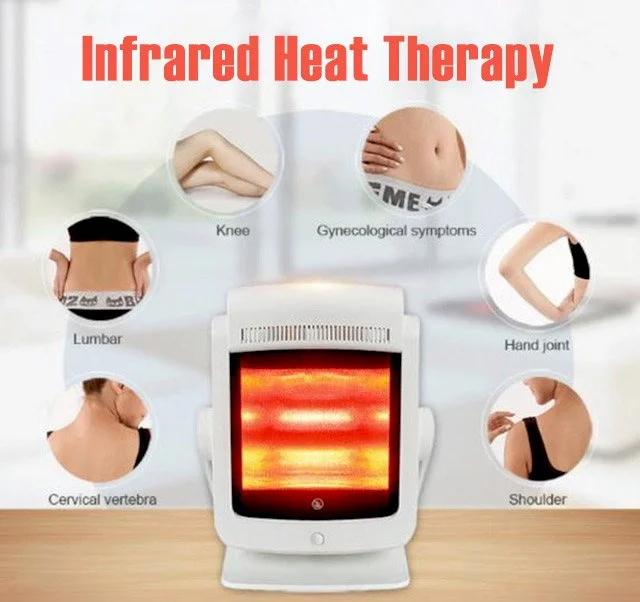


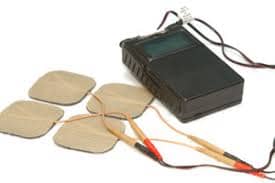
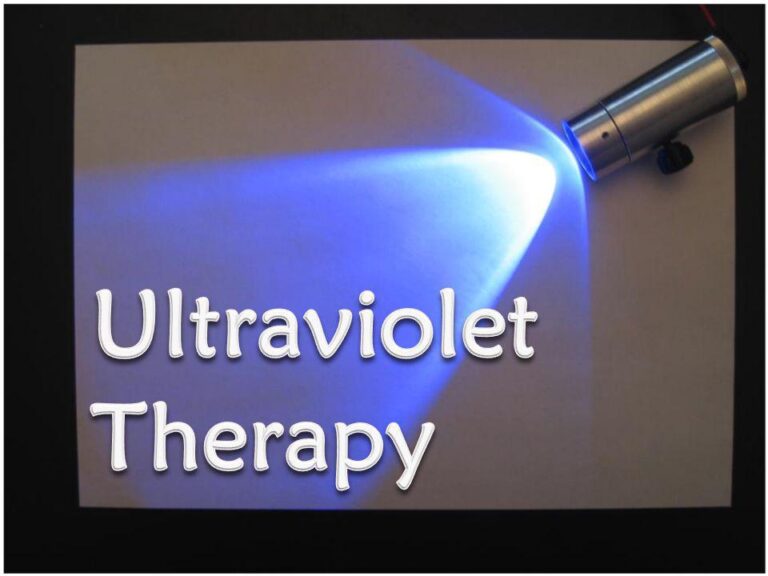
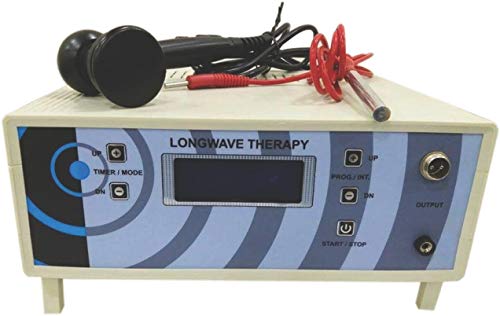
4 Comments